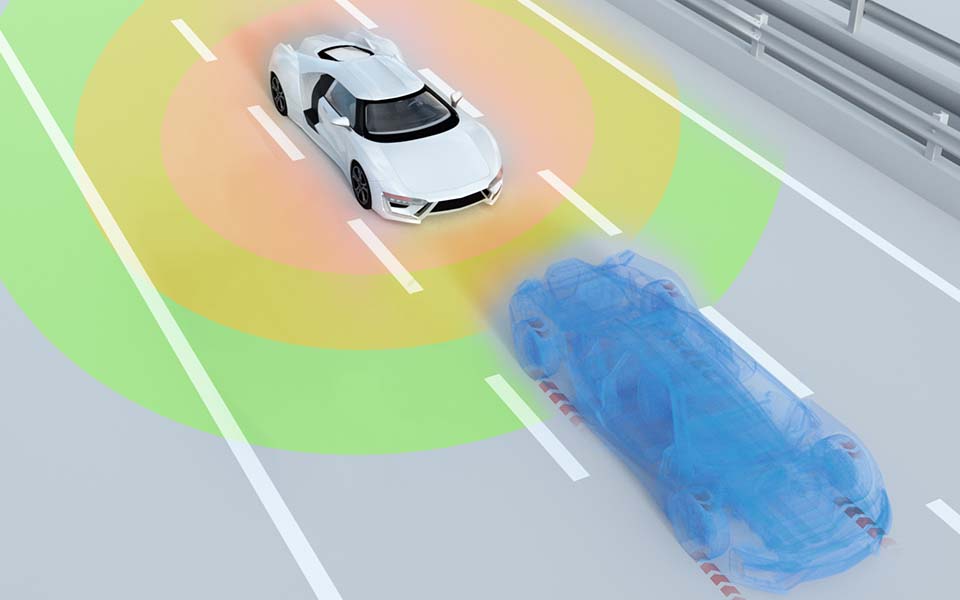Fraunhofer IESE, Fraunhofer IKS, and the University of York wrap up the ICON “LOPAASֿ” project
Groundbreaking safety standards for autonomous systems
Kaiserslautern, June 11, 2024 – In a unique collaboration, the Fraunhofer Institute for Experimental Software Engineering IESE, the Fraunhofer Institute for Cognitive Systems IKS, and the University of York with the Assuring Autonomy International Programme (AAIP) have developed new safety standards for autonomous systems – with a focus on autonomous driving – in the research project ICON “LOPAAS” (Layers of Protection Architecture for Autonomous Systems). After three years of research, the closing event of the project took place today at Fraunhofer IESE in Kaiserslautern.

The introduction of autonomous systems and automated vehicles poses major challenges for industry. One of the biggest hurdles is ensuring functional safety without restricting performance, for example through reduced speed. The ICON LOPAAS project has made significant progress in this area, which has been incorporated into international standards. Aiming to ensure the functional safety of autonomous vehicles, the partners have realized a reference safety architecture.
Expertise of Fraunhofer IESE in risk and uncertainty management
Fraunhofer IESE contributed its expertise in dynamic risk management in order to enable autonomous systems to assess the risks of options for action in a situation-specific manner and in real time. Through the additional use of the Uncertainty Wrapper, which was also developed by IESE experts, autonomous systems can also take uncertainties into account in their decision-making processes and react to them appropriately.
These capabilities are crucial for improving the efficiency and safety of autonomous vehicles. One example of this is the reaction to unexpected obstacles, such as when a truck suddenly stops on the motorway. “This means that vehicles can now make situational decisions that are close to the way humans react. Instead of relying on pre-programmed responses, they can react flexibly and safely to unexpected events, such as a suddenly appearing obstacle”, explains Dr. Rasmus Adler, manager of the research program “Autonomous Systems” and project manager of ICON LOPAAS on the part of Fraunhofer IESE.
New industry standards ensure the safety of autonomous systems
Another important aspect is the provision of safety cases for autonomous systems. These safety cases ensure the systematic recording and evaluation of the reliability of machine learning processes.
The results of the project were directly incorporated into international industry standards and norms, such as the ISO/PAS 8800 specification “Road Vehicles – Safety and Artificial Intelligence” or the ISO/IEC TR 5469 report on functional safety and AI systems. The results of the uncertainty quantification of AI systems have been incorporated into the specification standard DIN SPEC 92005, which was published in January 2024 and is being used as a basis for the development of a new international standard. These standards form the basis for the dependable use of autonomous systems worldwide. The creation of such guidelines ensures that autonomous vehicle meet the same high safety requirements everywhere. This is an important step towards increasing confidence in autonomous vehicles and promoting their widespread acceptance.
“The concepts and standards developed are not only used in road traffic, but can also be transferred to other areas such as logistics. Our work demonstrates that autonomous systems become safer and more efficient through targeted risk management and standardization. And our results form a good basis for further developments in the field of autonomous mobility of the future”, adds Dr. Rasmus Adler.
Last modified: